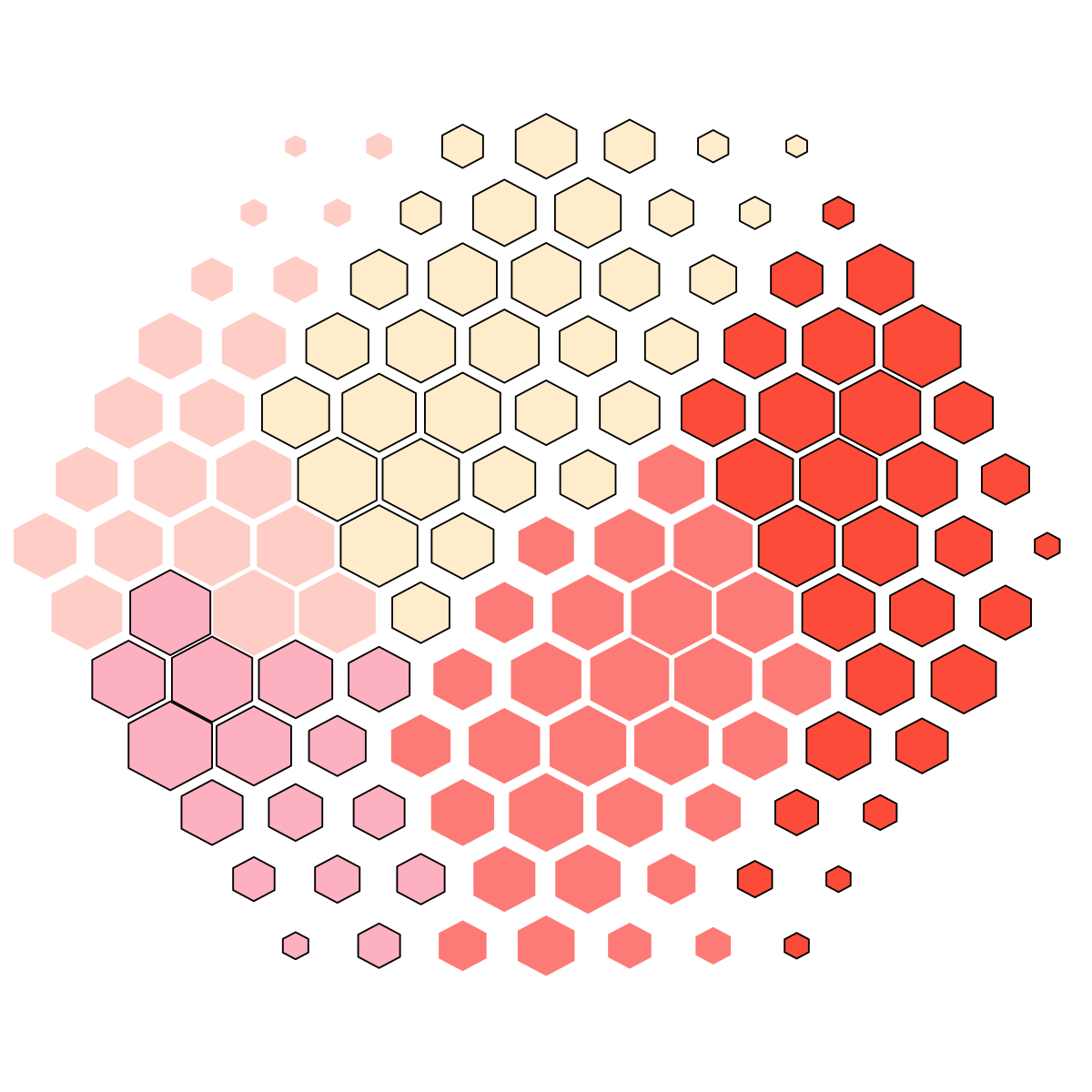Loading required package: Biobase
Loading required package: BiocGenerics
Loading required package: parallel
Attaching package: ‘BiocGenerics’
The following objects are masked from ‘package:parallel’:
clusterApply, clusterApplyLB, clusterCall, clusterEvalQ,
clusterExport, clusterMap, parApply, parCapply, parLapply,
parLapplyLB, parRapply, parSapply, parSapplyLB
The following object is masked from ‘package:stats’:
xtabs
The following objects are masked from ‘package:base’:
anyDuplicated, append, as.data.frame, as.vector, cbind, colnames,
do.call, duplicated, eval, evalq, Filter, Find, get, intersect,
is.unsorted, lapply, Map, mapply, match, mget, order, paste, pmax,
pmax.int, pmin, pmin.int, Position, rank, rbind, Reduce, rep.int,
rownames, sapply, setdiff, sort, table, tapply, union, unique,
unlist, unsplit
Welcome to Bioconductor
Vignettes contain introductory material; view with
'browseVignettes()'. To cite Bioconductor, see
'citation("Biobase")', and for packages 'citation("pkgname")'.
Loading required package: limma
Attaching package: ‘limma’
The following object is masked from ‘package:BiocGenerics’:
plotMA
############################################################
# Preprocess data (this should be done as your data suggest)
############################################################
# import data containing three variables ('Fang', 'Fang.geneinfo' and 'Fang.sampleinfo')
data(Fang)
data <- Fang
fdata <- as.data.frame(Fang.geneinfo[,2:3])
rownames(fdata) <- Fang.geneinfo[,1]
pdata <- as.data.frame(Fang.sampleinfo[,2:3])
rownames(pdata) <- Fang.sampleinfo[,1]
# create the 'eset' object
colmatch <- match(rownames(pdata),colnames(data))
rowmatch <- match(rownames(fdata),rownames(data))
data <- data[rowmatch,colmatch]
eset <- new("ExpressionSet", exprs=as.matrix(data), phenoData=as(pdata,"AnnotatedDataFrame"), featureData=as(fdata,"AnnotatedDataFrame"))
# A function to convert probeset-centric to entrezgene-centric expression levels
prob2gene <- function(eset){
fdat <- fData(eset)
tmp <- as.matrix(unique(fdat[c("EntrezGene", "Symbol")]))
forder <- tmp[order(as.numeric(tmp[,1])),]
forder <- forder[!is.na(forder[,1]),]
rownames(forder) <- forder[,2]
system.time({
dat <- exprs(eset)
edat <- matrix(data=NA, nrow=nrow(forder), ncol=ncol(dat))
for (i in 1:nrow(forder)){
ind <- which(fdat$EntrezGene==as.numeric(forder[i,1]))
if (length(ind) == 1){
edat[i,] <- dat[ind,]
}else{
edat[i,] <- apply(dat[ind,],2,mean)
}
}
})
rownames(edat) <- rownames(forder) # as gene symbols
colnames(edat) <- rownames(pData(eset))
esetGene <- new('ExpressionSet',exprs=data.frame(edat),phenoData=as(pData(eset),"AnnotatedDataFrame"),featureData=as(data.frame(forder),"AnnotatedDataFrame"))
return(esetGene)
}
esetGene <- prob2gene(eset)
esetGene
ExpressionSet (storageMode: lockedEnvironment)
assayData: 4139 features, 18 samples
element names: exprs
protocolData: none
phenoData
sampleNames: S9_R1 S9_R2 ... S14_R3 (18 total)
varLabels: Stage Replicate
varMetadata: labelDescription
featureData
featureNames: A2M AADAC ... LOC100131613 (4139 total)
fvarLabels: EntrezGene Symbol
fvarMetadata: labelDescription
experimentData: use 'experimentData(object)'
Annotation:
# prepare the expression matrix: relative to mean expression level across stages
D <- as.matrix(exprs(esetGene))
D <- D - as.matrix(apply(D,1,mean),ncol=1)[,rep(1,ncol(D))]
# only focus on differentially expressed genes
library(dnet)
Loading required package: igraph
Attaching package: ‘igraph’
The following objects are masked from ‘package:BiocGenerics’:
normalize, union
The following object is masked from ‘package:testthat’:
compare
The following object is masked from ‘package:stringr’:
%>%
The following objects are masked from ‘package:stats’:
decompose, spectrum
The following object is masked from ‘package:base’:
union
Error: package ‘supraHex’ required by ‘dnet’ could not be found
Start at 2016-06-24 11:46:25
First, define topology of a map grid (2016-06-24 11:46:25)...
Second, initialise the codebook matrix (127 X 6) using 'linear' initialisation, given a topology and input data (2016-06-24 11:46:25)...
Third, get training at the rough stage (2016-06-24 11:46:25)...
1 out of 2 (2016-06-24 11:46:25)
updated (2016-06-24 11:46:25)
2 out of 2 (2016-06-24 11:46:25)
updated (2016-06-24 11:46:25)
Fourth, get training at the finetune stage (2016-06-24 11:46:25)...
1 out of 2 (2016-06-24 11:46:25)
updated (2016-06-24 11:46:25)
2 out of 2 (2016-06-24 11:46:25)
updated (2016-06-24 11:46:25)
Next, identify the best-matching hexagon/rectangle for the input data (2016-06-24 11:46:25)...
Finally, append the response data (hits and mqe) into the sMap object (2016-06-24 11:46:26)...
Below are the summaries of the training results:
dimension of input data: 4018x6
xy-dimension of map grid: xdim=13, ydim=13
grid lattice: hexa
grid shape: suprahex
dimension of grid coord: 127x2
initialisation method: linear
dimension of codebook matrix: 127x6
mean quantization error: 0.108267518704114
Below are the details of trainology:
training algorithm: batch
alpha type: invert
training neighborhood kernel: gaussian
trainlength (x input data length): 2 at rough stage; 2 at finetune stage
radius (at rough stage): from 4 to 1
radius (at finetune stage): from 1 to 1
End at 2016-06-24 11:46:26
Runtime in total is: 1 secs

